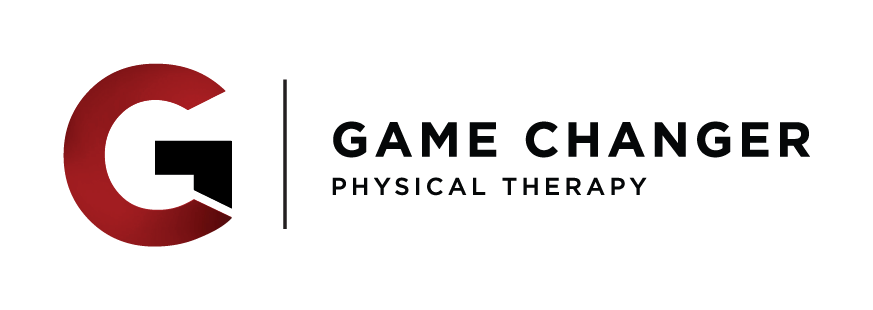Reading through a recent PT in Motion publication, I came across this write up in GQ. The article does a very good job of explaining what physical therapy is (because let’s face it…not many people know much about physical therapy – other than “I went to physical therapy after I had surgery on my knee”), the schooling and licensing requirements to become a practicing physical therapist, what to expect when you see a physical therapist, and how a physical therapist can help get you back in the gym, on the field, doing yoga, etc.
It’s a pretty quick read, so I encourage you to check it out, if you have a few minutes to spare. Here’s the link to the full article again: https://www.gq.com/story/gq-guide-physical-therapy.
If you don’t have the time, here are some quick bullet points the article covers:
Education to become a physical therapist:
- Physical therapists are trained in rehabilitation for pre-surgery (pre-operative) and post-surgery (post-operative), acute (new) injuries, chronic injuries, injury prevention, correcting movement dysfunctions, and overall physical health
- Physical therapists earn a Doctor of Physical Therapy degree after a total of 7 years of schooling (4 years undergrad and 3 years of Physical Therapy school)
Requirements to practice physical therapy:
- Physical therapists are required to pass the National Physical Therapy Examination (NPTE) administered by the Federation of State Boards of Physical Therapy (FSBPT)
- Physical therapists are required to pass a state law exam in whatever state they will be administering physical therapy services
Requirements to maintain a physical therapy license (this section added by me for the state of CA-requirements differ by state):
- Continuing Education Courses of at least 30 hours every 2 years
- Licenses to be renewed every 2 years
What happens in physical therapy:
- The initial evaluation will consist of a full body movement exam including strength and range of motion assessments
- Individualized treatment plans will be based on the deficits uncovered during the initial exam using a variety of different techniques
- Reassessment of the treatment programs should be done on a regular basis to determine the effectiveness of the techniques applied. If progress is not being made, then changes to the plan of care are needed or referal out to a specialist for further testing
Overarching goal of physical therapy
- To help people move better with less pain to improve function
To expand on the overarching goal of physical therapy: the California Physical Therapy Association has adopted the slogan…”Physical therapists improve the way you move”, which summarizes the field of physical therapy perfectly.
Physical therapists are highly trained experts of the “movement system”. Our bodies are designed to move…and if it hurts to move, then see a medical professional who spent at least 7 years learning about the human body, how the body is supposed to move, and what to do when it doesn’t move correctly. Your body will thank you.
If you are suffering from either a new or old injury that is affecting your ability to move without pain, need to strengthen your body before having surgery (which has been shown to speed up recovery), or have already had surgery and are ready to begin your rehabilitation, contact us today to get you scheduled.
Abbate, E. (2019, March 05). How Physical Therapy Can Help You Relive Your Fitness Glory Days. Retrieved March 06, 2019, from https://www.gq.com/story/gq-guide-physical-therapy

Recent Comments